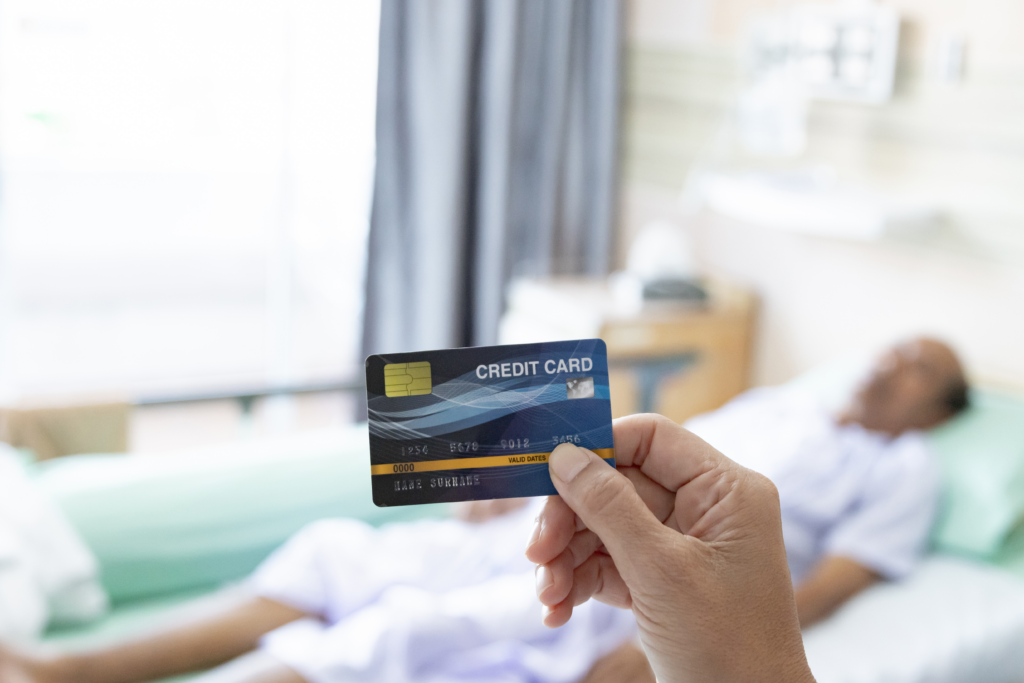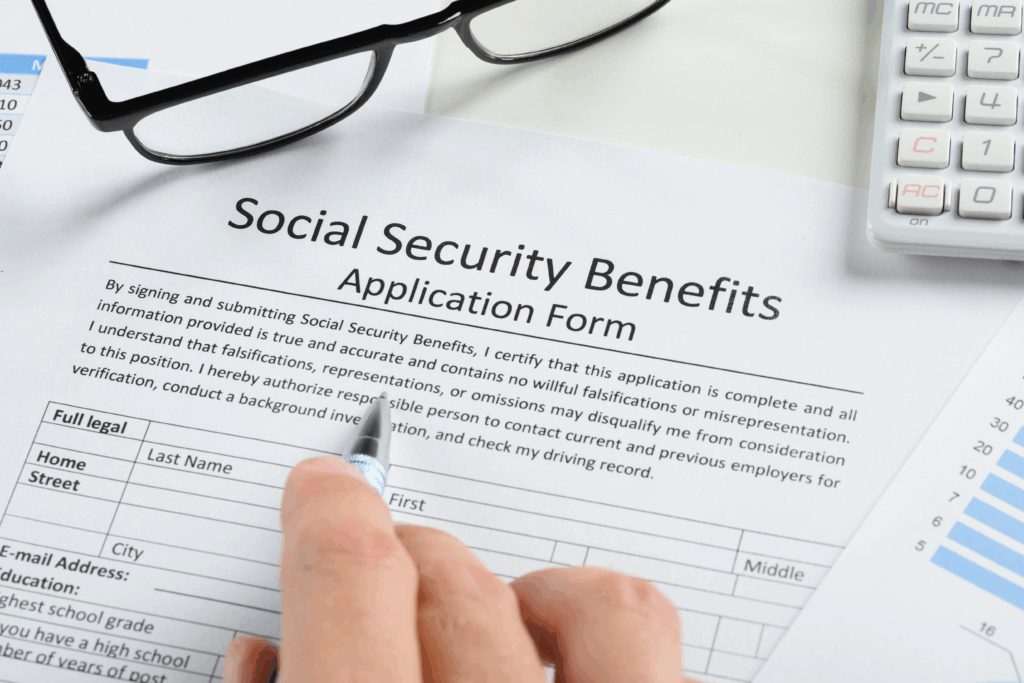Navigating Medical Debt: Can Bankruptcy Help?


We’ve all been there: the doctor’s visit that leaves your wallet feeling lighter than your spirits. One minute, you’re trying to understand medical jargon, and the next, you’re staring at a bill that looks more like a house payment.
Medical debt can feel overwhelming, but you have options. In this article, we’ll discuss what happens when you don’t pay medical bills, how medical debt bankruptcy works, and alternatives to filing for bankruptcy.
Medical debt can lead to more than just a few awkward voicemails from collections. First, let’s clarify what counts as medical debt. It includes a wide range of health-related expenses, such as:
If you fall behind on paying these bills, it’s not just the provider who notices. The consequences can be serious:
Medical debt bankruptcy gives you a way out of debt, letting you start over. It’s no wonder that medical debt is one of the leading causes of bankruptcy filings in the U.S.
Medical debt bankruptcy isn’t an official type of bankruptcy. It’s a term people use when overwhelming medical debt is the main reason they file.
Most of the time, medical debt is classified as unsecured, non-priority debt—which is good news. That means it’s typically treated the same way as credit card debt or personal loans and can disappear completely after bankruptcy.
Filing for bankruptcy also triggers something called an automatic stay, which is legal speak for “everyone, back off.” It stops collections, lawsuits, and wage garnishment while your case is sorted. It’s not a free pass, but it is a breather.
However, some medical debt isn’t dischargeable in bankruptcy, including:
While it’s not a decision to be taken lightly, for many people, filing for medical debt bankruptcy is the most viable path to financial recovery. Here’s how medical debt bankruptcy works.
Two primary types of consumer bankruptcy deal with medical debt:
Once you file, the automatic stay kicks in immediately. This legal step stops all collection efforts, phone calls, wage garnishments, and lawsuits. It’s like putting debt collections on pause while the court works things out.
Once your bankruptcy is finalized, your old medical debt is gone, but new expenses are a different story. Any new medical bills that come in after the filing date aren’t covered.
Medical debt bankruptcy can relieve a lot of pressure, but it isn’t the only way to get out of debt. Consider these medical debt relief alternatives before considering bankruptcy:
Navigating medical debt can feel like climbing a mountain in flip-flops. It’s tough, but you’re strong and smart. Whether you choose to negotiate with the hospital, explore payment plans, or consider bankruptcy, remember that you’re not alone in this. Millions of people face medical debt, and many have found their way out. Filing for medical debt bankruptcy is a big step, but it can provide a much-needed fresh start.
The content provided is intended for informational purposes only. Estimates or statements contained within may be based on prior results or from third parties. The views expressed in these materials are those of the author and may not reflect the view of National Debt Relief. We make no guarantees that the information contained on this site will be accurate or applicable and results may vary depending on individual situations. Contact a financial and/or tax professional regarding your specific financial and tax situation. Please visit our terms of service for full terms governing the use this site.

Why does it feel like large companies always get the upper hand? Maybe it’s the long contracts with fine print,...

In this episode of Zephyr’s Adjusted for Risk Podcast, host Ryan Nauman engages in a deep discussion with industry expert...

Almost all retirement-aged Americans receive some amount of Social Security income. The average monthly benefit comes in at almost $2,000...